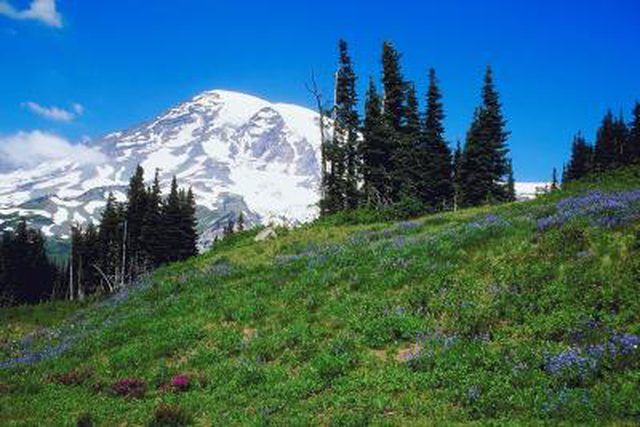Bulbs
Flower Basics
Flower Beds & Specialty Gardens
Flower Garden
Garden Furniture
Garden Gnomes
Garden Seeds
Garden Sheds
Garden Statues
Garden Tools & Supplies
Gardening Basics
Green & Organic
Groundcovers & Vines
Growing Annuals
Growing Basil
Growing Beans
Growing Berries
Growing Blueberries
Growing Cactus
Growing Corn
Growing Cotton
Growing Edibles
Growing Flowers
Growing Garlic
Growing Grapes
Growing Grass
Growing Herbs
Growing Jasmine
Growing Mint
Growing Mushrooms
Orchids
Growing Peanuts
Growing Perennials
Growing Plants
Growing Rosemary
Growing Roses
Growing Strawberries
Growing Sunflowers
Growing Thyme
Growing Tomatoes
Growing Tulips
Growing Vegetables
Herb Basics
Herb Garden
Indoor Growing
Landscaping Basics
Landscaping Patios
Landscaping Plants
Landscaping Shrubs
Landscaping Trees
Landscaping Walks & Pathways
Lawn Basics
Lawn Maintenance
Lawn Mowers
Lawn Ornaments
Lawn Planting
Lawn Tools
Outdoor Growing
Overall Landscape Planning
Pests, Weeds & Problems
Plant Basics
Rock Garden
Rose Garden
Shrubs
Soil
Specialty Gardens
Trees
Vegetable Garden
Yard Maintenance
How to Pick Wild Mountain Blackberries in Washington
How to Pick Wild Mountain Blackberries in Washington. Wild mountain blackberries (Rubus ursinus), also known as trailing blackberries, little wild blackberries or dewberries, are Washington's only native blackberry. Unlike the more common Evergreen and Himalayan blackberries that grow in invasive brambles along roadsides and ditches, wild mountain...

Wild mountain blackberries (Rubus ursinus), also known as trailing blackberries, little wild blackberries or dewberries, are Washington's only native blackberry. Unlike the more common Evergreen and Himalayan blackberries that grow in invasive brambles along roadsides and ditches, wild mountain blackberries grow primarily in thickly wooded areas. Be patient when seeking out wild mountain blackberries. Although the low-growing berries, which grow on slender, blue-tinted stems, are delicious, they aren't abundant and the thorny bushes may be difficult to locate. Mid- to late summer is generally the best time for picking sweet, juicy wild mountain blackberries. They are particularly abundant from the Cascades to the Pacific coast.
Things You'll Need
Protective clothing
Shallow, lightweight plastic bowl, basket or bucket
Picnic cooler or refrigerator
Prepare for berry-picking by wearing protective clothing such as close-toed shoes or boots, long sleeves and long pants to protect your skin from thorns and insect bites.
Pick only ripe blackberries because unripe berries don't ripen after picking. Instead, leave unripe berries on the bush to ripen for wildlife or other pickers Ripe wild mountain blackberries are not large but they are plump and deep in color. They are easily pulled from the plant and don't require any effort. The ripest berries are often located in the center of the bush.
Drop blackberries into a shallow, lightweight plastic bowl, basket or bucket. Don't compress the berries, because the fragile fruit is easily crushed. If you are picking with your family or a group of people, be sure everybody has his own bucket.
Move the blackberries out of sunlight and into shade to keep them from deteriorating. Place the berries in a picnic cooler or refrigerator as soon as possible. Fresh berries keep a few days, and sometimes as long as one week.
Tips & Warnings
Don't wash blackberries until just before you eat them, then rinse the berries carefully in cool water.
Leave no trace when visiting wilderness areas of the Pacific Northwest. If you pack it in, pack it out.
Be aware of your surroundings at all times because black bears inhabit Washington's mountain areas. Additionally, snakes are common in many areas.
Never pick and eat berries you can't identify. If you're new to berry-picking, consult a seasoned berry-picker or take a field guide because look-alike berries may be poisonous.
Carry essentials such as a first-aid kit, map, compass, flashlight and pocketknife if you are picking berries in Washington's remote wilderness areas. Additionally, take rain gear, extra food and sunscreen.